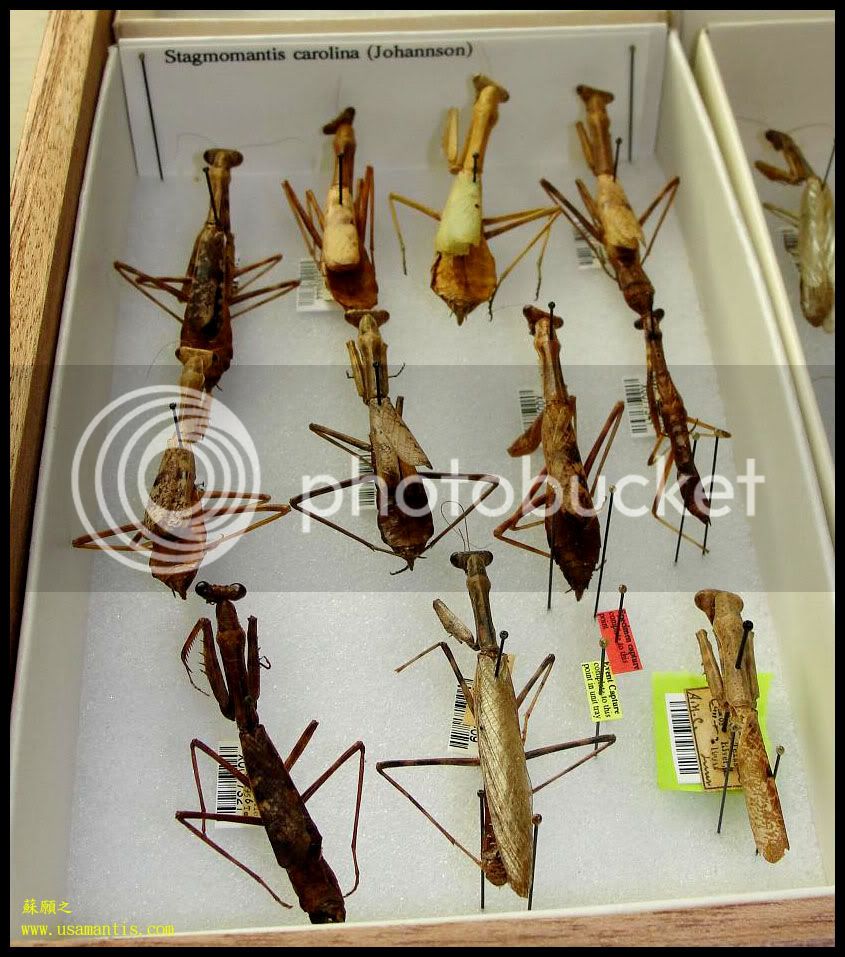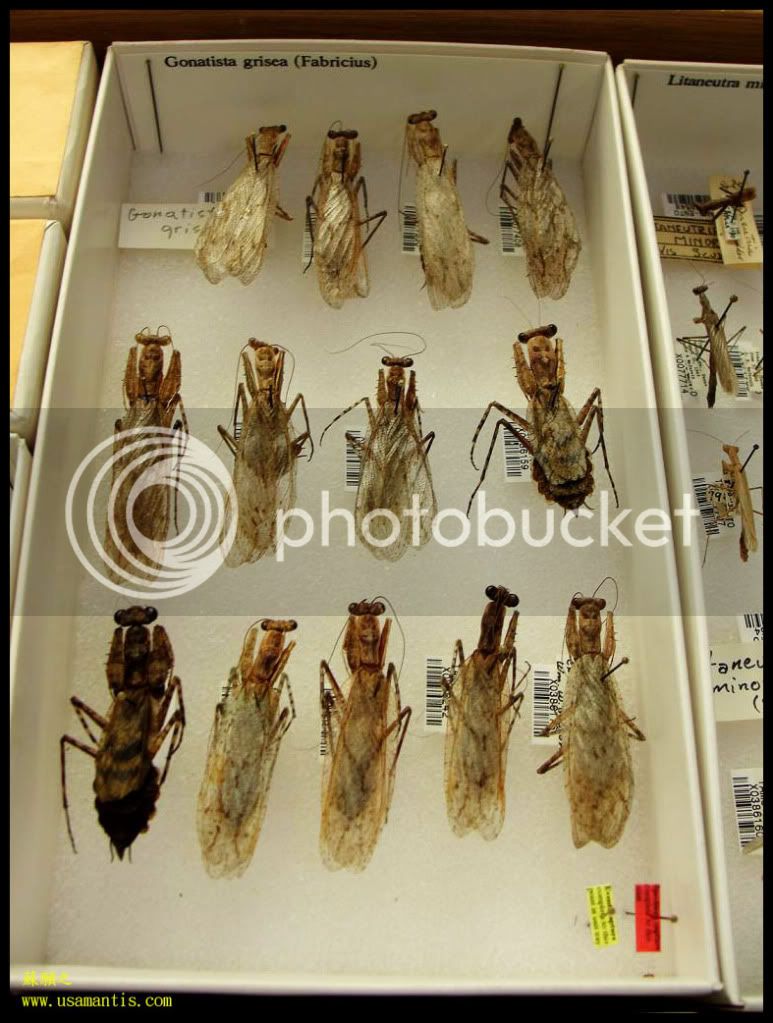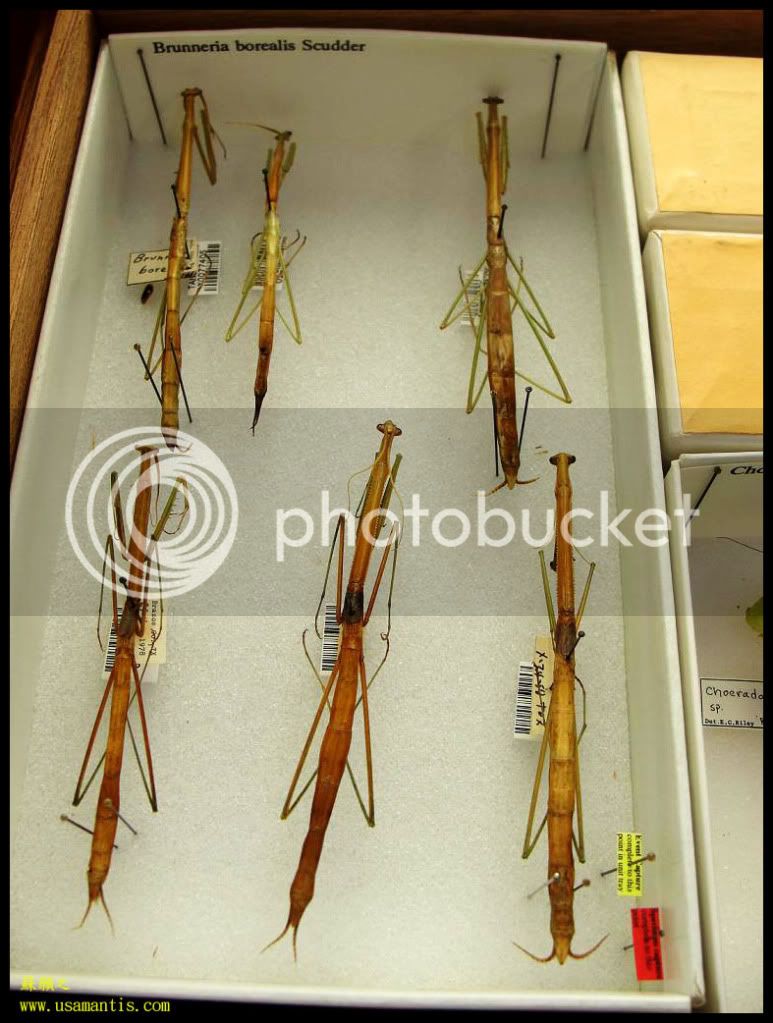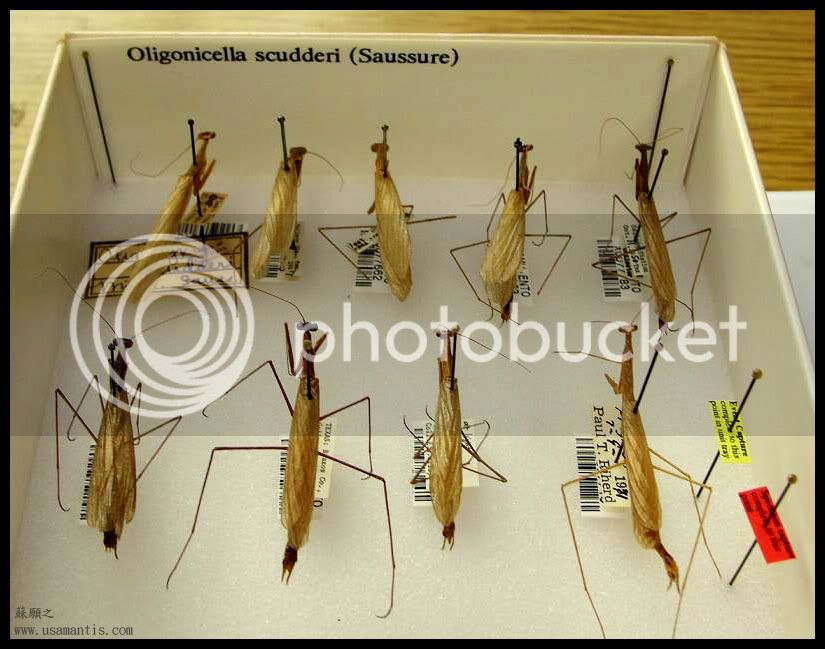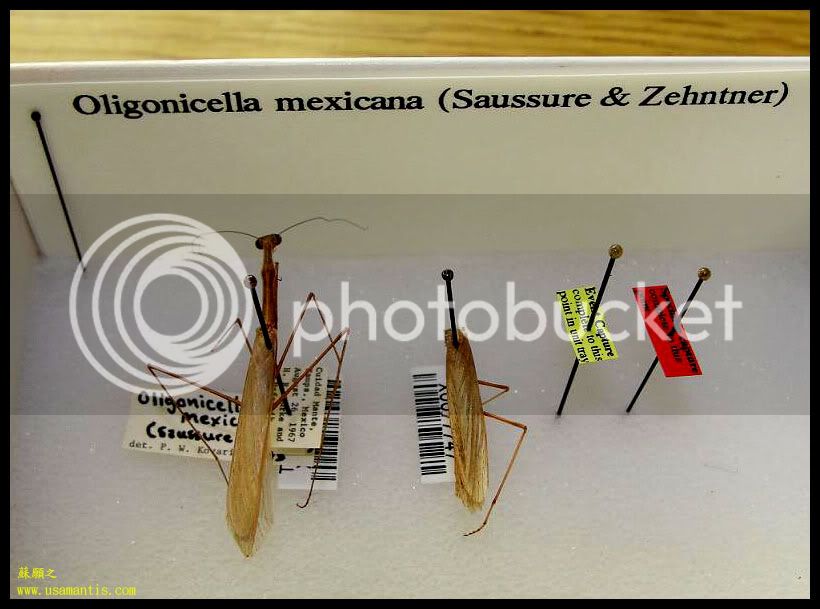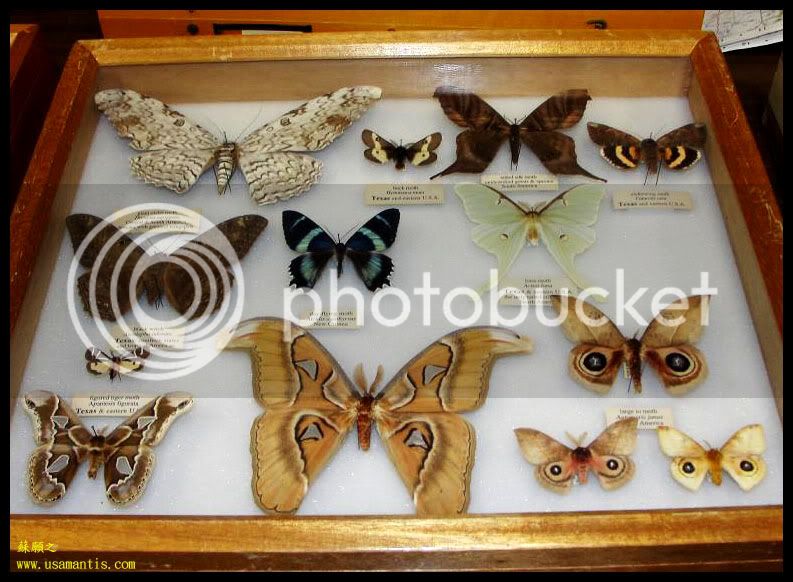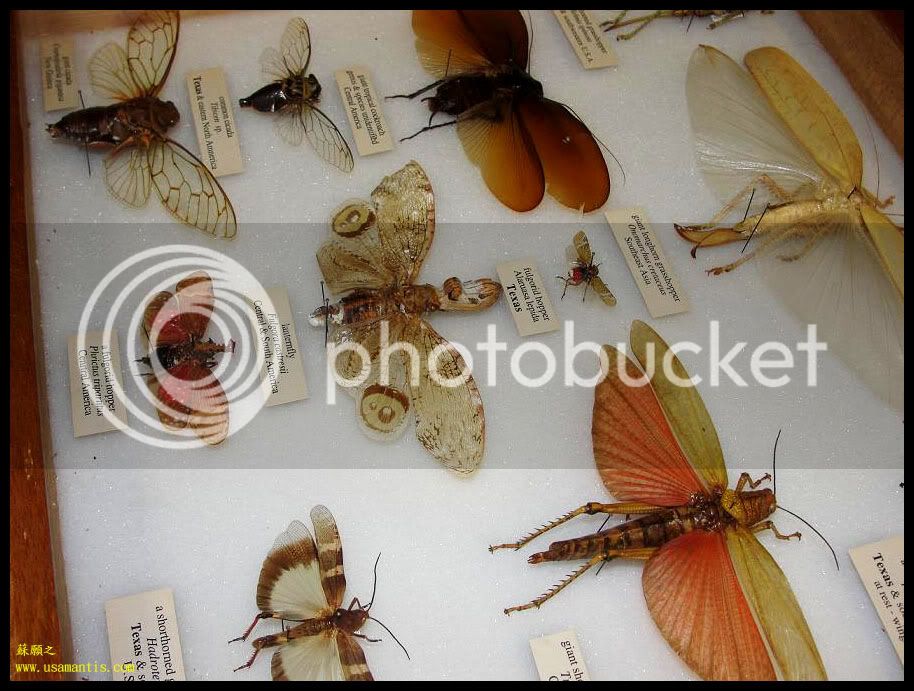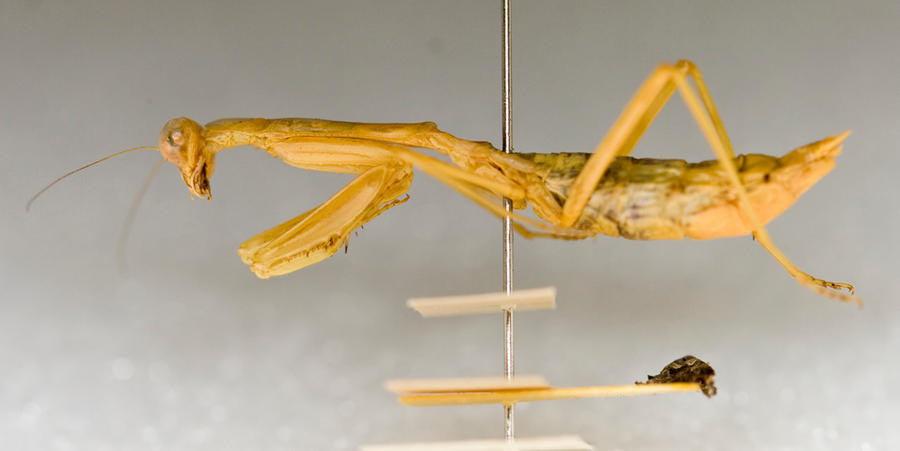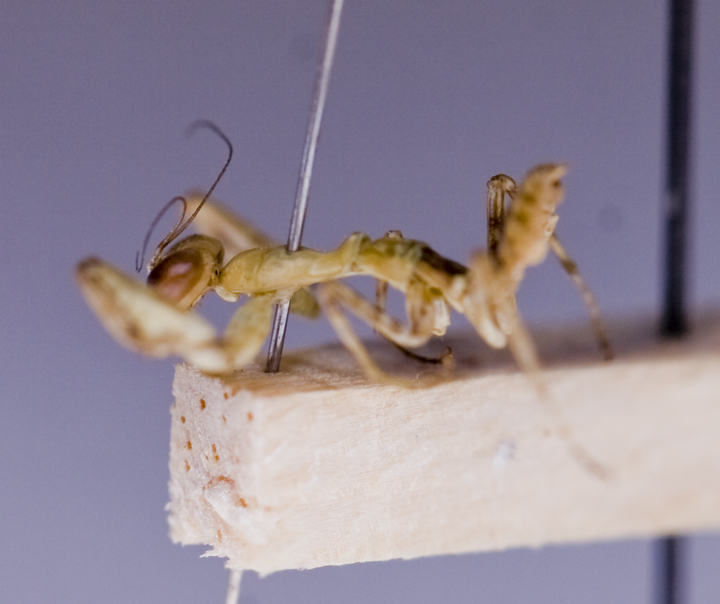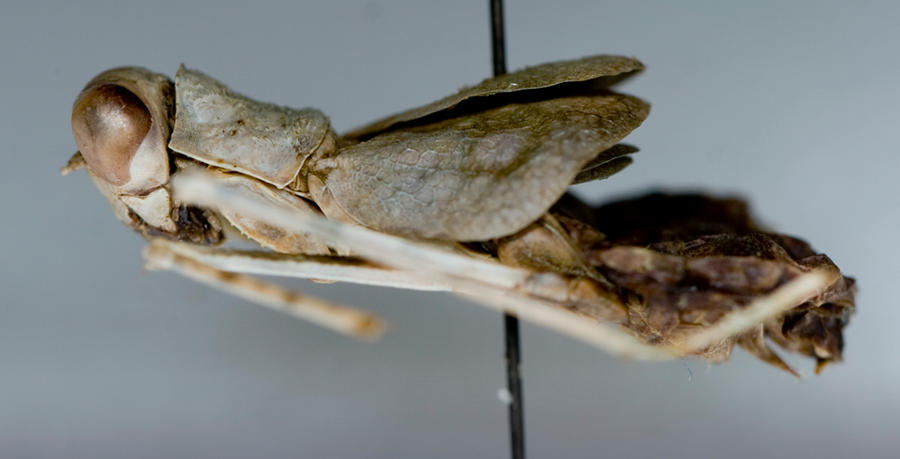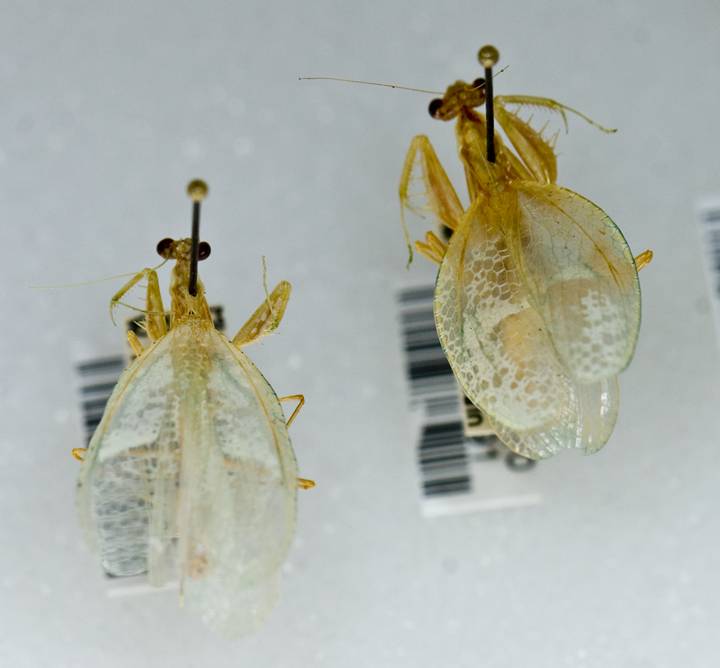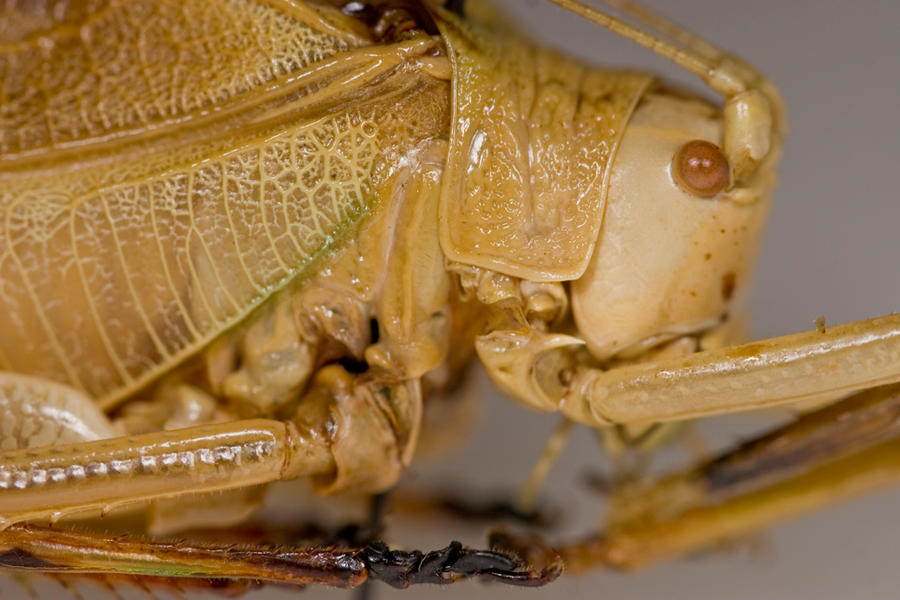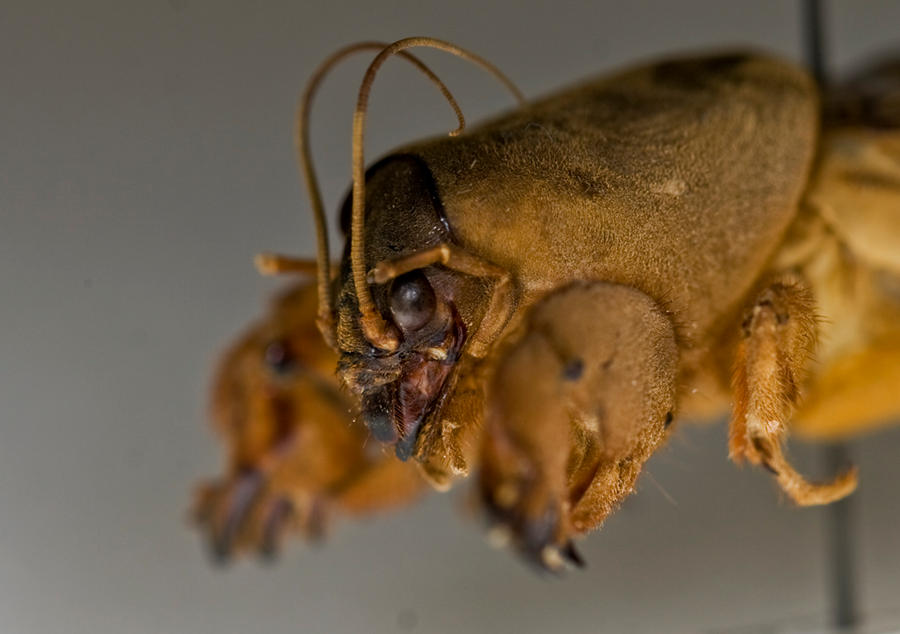This event was held last Saturday in Texas A&M. This time my hope was to gather some information on location for native species collection and mantis related publications. Also good to see another forum member during the event and some bug hobbyists from Houston area.
Some Stagmomantis californica adult male attracted by light
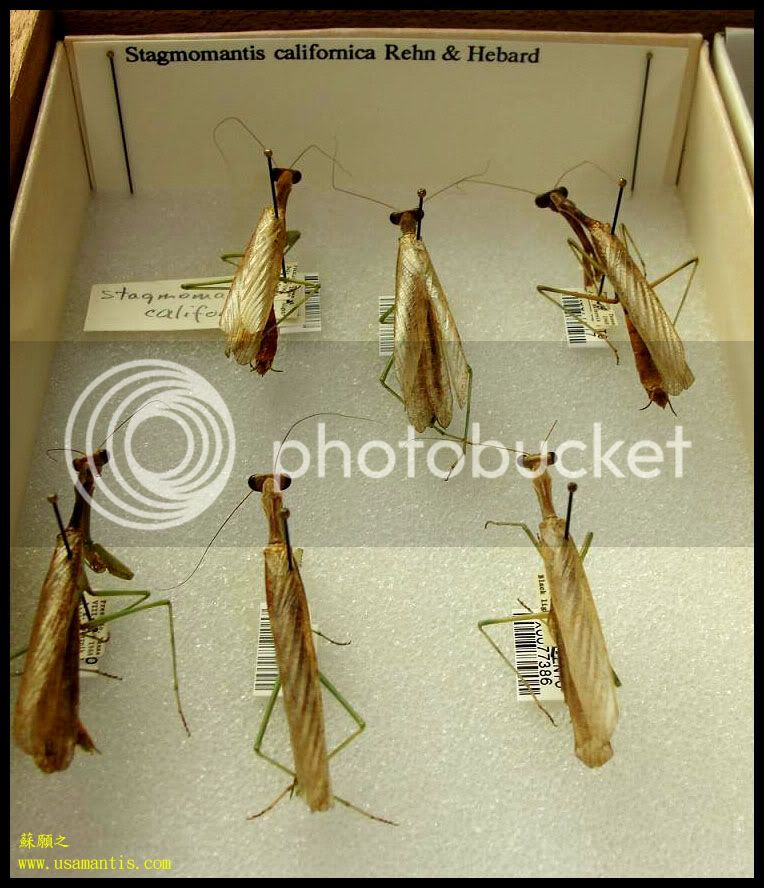
The specimens were collected in both Balmorhea and Presidio, TX (Near Big Bend National Park). As documented by Dr. Henard there are found in Western Texas.
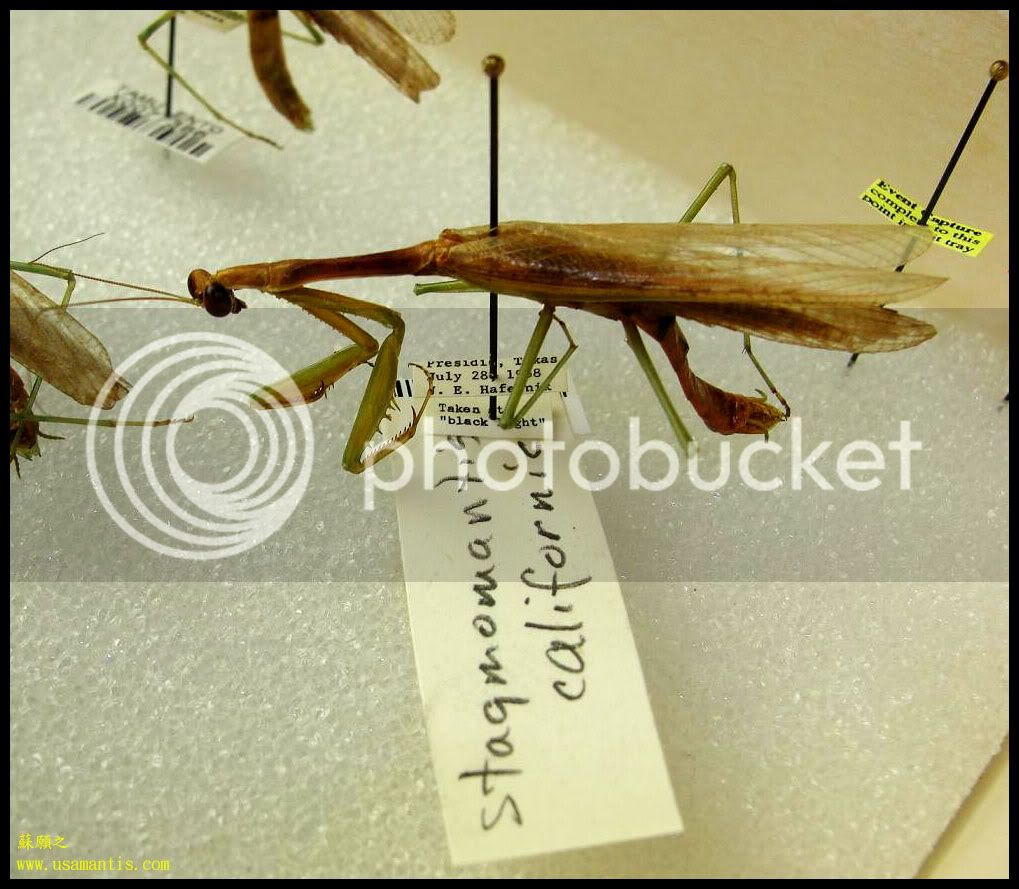
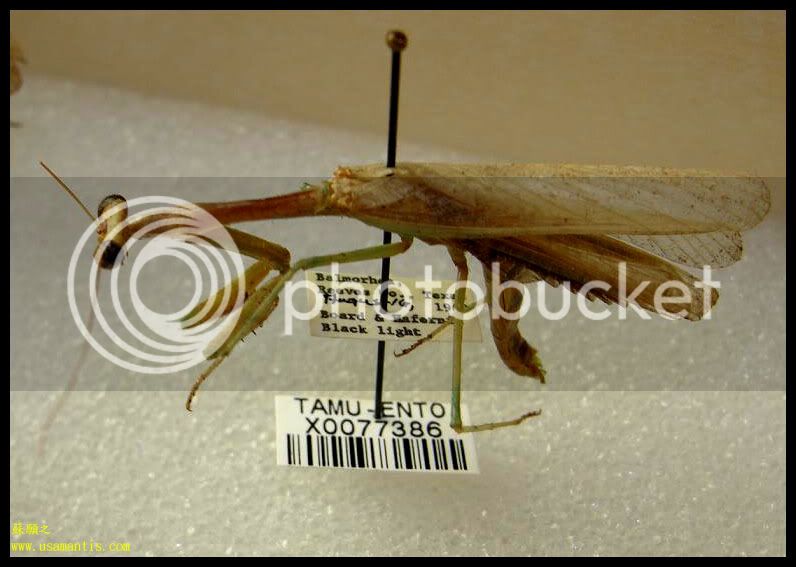
A Stagmomantis limbata specimen (adult female)
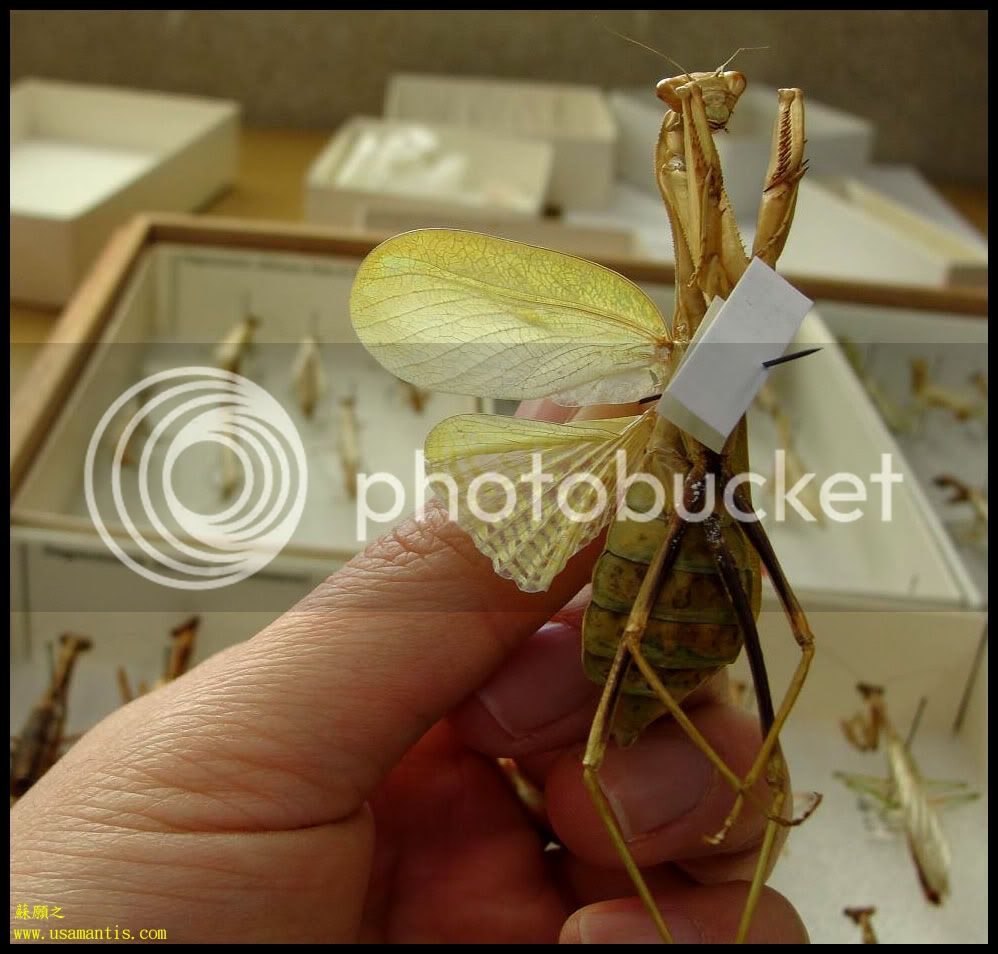
The S. limbata (right) appear to have wider tegmina compare to S. carolina(left) next to it.
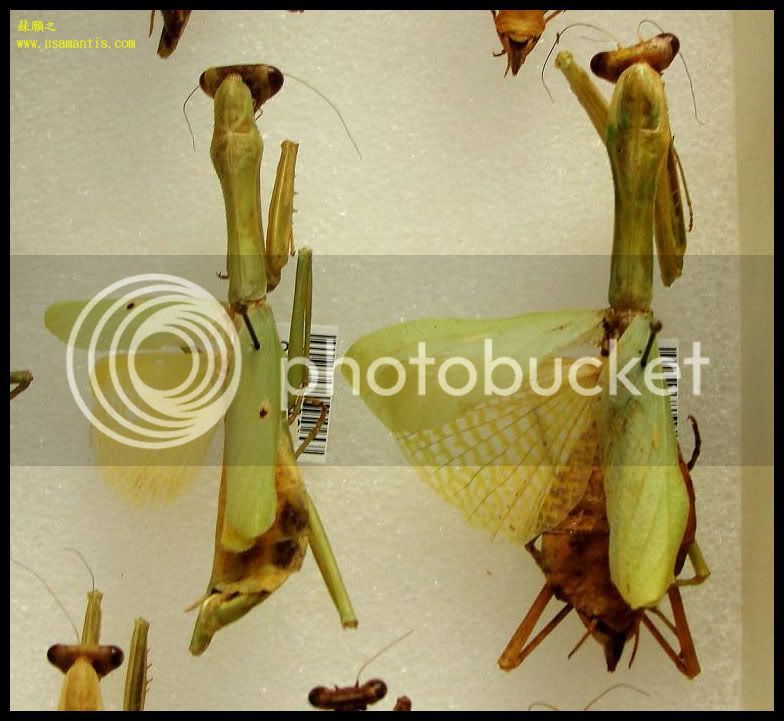
Some freshly preserve beetles collected recently, waiting for identification.
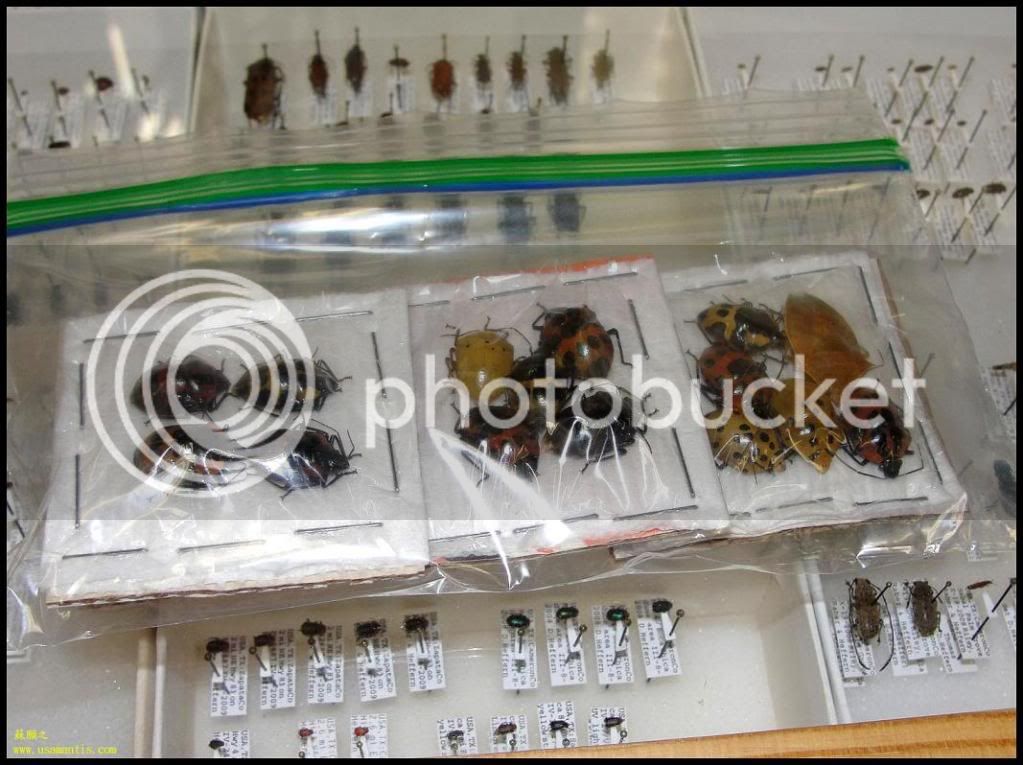
Ed who is the curator helping out in identifyng bugs brought in by collectors visiting the event curious to find out what they got.

Couple of funny pic on the Ento building poster
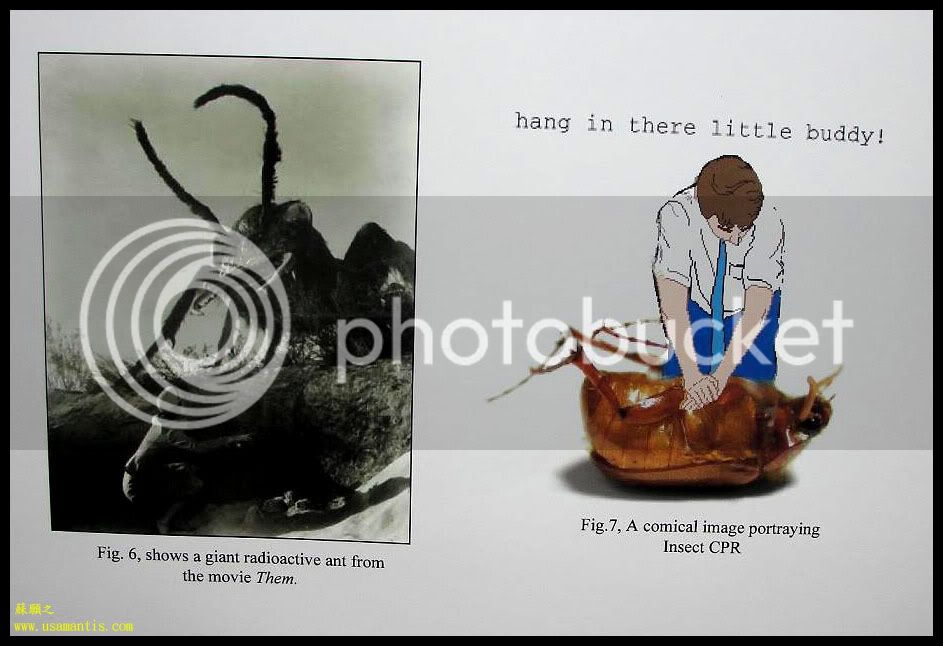
Some Stagmomantis californica adult male attracted by light

The specimens were collected in both Balmorhea and Presidio, TX (Near Big Bend National Park). As documented by Dr. Henard there are found in Western Texas.


A Stagmomantis limbata specimen (adult female)

The S. limbata (right) appear to have wider tegmina compare to S. carolina(left) next to it.

Some freshly preserve beetles collected recently, waiting for identification.

Ed who is the curator helping out in identifyng bugs brought in by collectors visiting the event curious to find out what they got.

Couple of funny pic on the Ento building poster














































